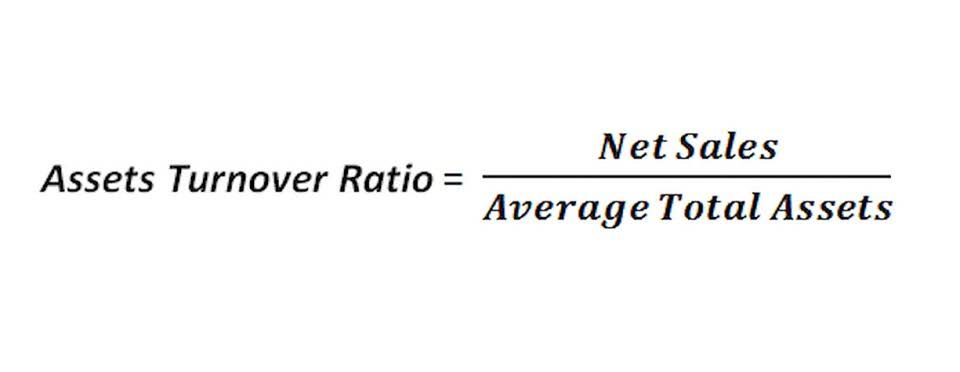How Do You Calculate a Company’s Equity?

Adam Hayes, Ph.D., CFA, is a financial writer with 15+ years Wall Street experience as a derivatives trader. Besides his extensive derivative trading expertise, Adam is an expert in economics total equity formula and behavioral finance. Adam received his master’s in economics from The New School for Social Research and his Ph.D. from the University of Wisconsin-Madison in sociology.
- Here we’ll go over exactly what equity is, how you actually get it, what it has to do with things like “stock” or “shares,” and what all of this means for your business.
- We may earn a commission when you click on a link or make a purchase through the links on our site.
- Our intuitive software automates the busywork with powerful tools and features designed to help you simplify your financial management and make informed business decisions.
- The share capital represents contributions from stockholders gathered through the issuance of shares.
- SE is a number that stock investors and analysts look at when they’re evaluating a company’s overall financial health.
Top Picks for Ecommerce Accounting Software
Basically, stockholders’ equity is an indication of how much money shareholders would receive if a company were to be dissolved, all its assets sold, and all debts paid off. If your business has strong fundamentals and isn’t financing all of its growth with debt, your owner’s equity should be increasing with time. Understanding equity and being able to track its growth is crucial to understanding the long-term financial health of a business.
- It helps in determining the book value of a company, aiding in mergers, acquisitions, or sale negotiations.
- For example, if a company has assets of $15,000 and liabilities of $10,000, its stockholders’ equity would be $5,000.
- However, many individuals use it in conjunction with other financial metrics to gauge the soundness of a company.
- All of the asset and liability line items stated on the balance sheet should be included in this calculation.
- Anne, Alex, and Anne’s mom each own $10,000 in shares—a third of the company each.
Financial Metrics Definition
Nevertheless, the owners and private shareholders in such a company can still compute the firm’s equity position using the same formula and method as with a public one. Equity, also referred to as stockholders’ or shareholders’ equity, is the corporation’s owners’ residual claim on assets after debts have been paid. The $65.339 billion value in company equity represents the amount left for shareholders if Apple liquidated all of its assets and paid off all of its liabilities. Company equity is an essential metric when determining the return being generated versus the total amount invested by equity investors. As such, many investors view companies with negative equity as risky or unsafe. However, many individuals use it in conjunction with law firm chart of accounts other financial metrics to gauge the soundness of a company.

Do you already work with a financial advisor?
Shareholders consider this to be an important metric because the higher the equity, the more stable and healthy the company is deemed to be. Total Equity is a vital component of a company’s balance sheet, sitting alongside total liabilities and total assets. It helps investors understand the company’s financial health and is a primary factor in various financial ratios, including Return on Equity (ROE) and Debt to Equity Ratio (D/E). The shareholders’ equity is the remaining amount of assets available to shareholders after the debts and other liabilities have been paid.

Part 2: Your Current Nest Egg

If a 2-liter bottle of store-brand cola costs $1 and a 2-liter bottle of Coke costs $2, then Coca-Cola has brand equity of $1. Home equity is often an individual’s greatest source of collateral, and the owner can use it to get a home equity loan, which some call a second mortgage or a home equity line of credit (HELOC). An equity takeout is taking money out of a property or borrowing money against it. Therefore, the stockholder’s equity of SDF Ltd as on March 31, 20XX stood at $800,000. Therefore, the Accounting Periods and Methods stockholder’s equity of PRQ Ltd as on March 31, 20XX stood at $140,000.
- Equity can also refer to other items like brand equity or other non-financial concepts.
- In simpler terms, it’s the value left for shareholders if a company paid off all its debts.
- The fundamental accounting equation is assets equalling the sum of liabilities and equity.
- With this solid equity base, the company can expand, take risks, and generate investor confidence.
- Current liabilities are debts that are due for repayment within one year, such as accounts payable and tax obligations.
- When your company incorporates, it has to call a board meeting to decide how many shares each of the company’s original owners will get.
Yes, total equity can change due to various factors, including profits, losses, dividends, asset revaluation, or issuance/repurchase of shares. A positive total equity figure indicates potential growth and profitability, while negative equity might signal financial distress. While high equity generally signifies stability and strength, low equity can be a sign of risk, though in some cases it might indicate an aggressive growth strategy. Total equity serves as a measure of a company’s net worth, helping stakeholders assess its stability and long-term viability. Investors use total equity to assess the financial strength and growth potential of a company.


Notice how Anne & Company sold Anne’s mom a special kind of stock called preferred stock. Let’s say your friend owns a successful robot lawn mowing business (“think of it as a Roomba for grass,” he tells you) that you want in on. You were broke when the company first incorporated last year, but you have some extra cash now that you’d love to invest in the company. Bench simplifies your small business accounting by combining intuitive software that automates the busywork with real, professional human support. For example, many soft-drink lovers will reach for a Coke before buying a store-brand cola because they prefer the taste or are more familiar with the flavor.
Total equity represents the residual interest in the assets of a company after deducting liabilities. In other words, it’s the amount that belongs to the owners (shareholders) once all debts and obligations have been settled. Total equity is often referred to as shareholders’ equity, owners’ equity, or just equity. Return on equity (ROE) is a measure of financial performance calculated by dividing net income by shareholder equity. Because shareholder equity is equal to a company’s assets minus its debt, ROE could be considered the return on net assets.


